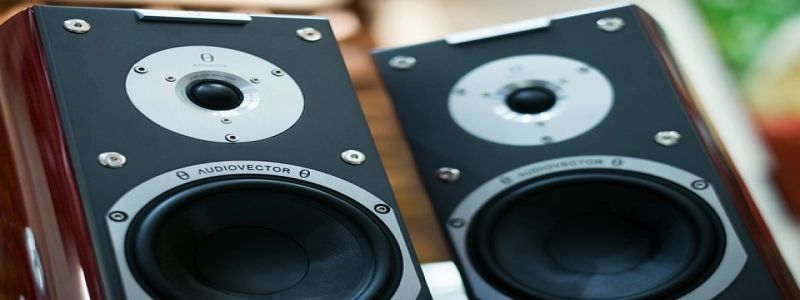SFP Copper Cable
Introduktion:
SFP copper cables, also known as SFP+ Direct Attach Copper (DAC) cables, are high-performance connectivity solutions used in data centers and other network environments. These cables are designed to provide a cost-effective and reliable alternative to fiber optic cables for shorter distance network connections.
jag. What is SFP Copper Cable?
SFP copper cables utilize the Small Form-factor Pluggable (SFP) interface, which is a hot-swappable transceiver widely used in networking applications. Unlike traditional SFP transceivers that require separate fiber optic cables, SFP copper cables directly connect network devices, such as switches, routers, and servers, without the need for additional hardware.
II. Features and Benefits:
1. Cost-effective solution: SFP copper cables offer a more affordable alternative to fiber optic cables, making them ideal for short-distance connections within network racks or between adjacent racks in data centers.
2. High data transfer speed: These cables support data transfer rates of up to 10Gbps, ensuring efficient and high-speed network performance.
3. Easy installation: SFP copper cables are designed with plug-and-play functionality, allowing for quick and hassle-free installation. Simply plug the cable into an SFP port on both devices, and the connection is established.
4. Enhanced flexibility: As SFP copper cables are available in various lengths, network administrators have the flexibility to choose the cable length that best suits their specific connectivity needs.
III. Ansökningar:
SFP copper cables are widely used in a range of networking applications, including:
1. Datacenter: These cables are commonly employed for server-to-switch or switch-to-switch connections within data centers, allowing for efficient data transmission at high speeds.
2. Storage area networks (SANs): SFP copper cables can be used to establish connections between servers, växlar, and storage devices in SAN environments, facilitating fast and reliable data transfers.
3. Enterprise networks: SFP copper cables are also suitable for network connections within enterprises, where short-distance connections are required between network devices.
IV. Considerations:
When choosing SFP copper cables, it is important to consider the following factors:
1. Cable length: Ensure the cable length meets the specific requirements of your network setup. Shorter cables are typically more cost-effective, while longer cables may be necessary for certain installations.
2. Compatibility: Check the compatibility of the cables with your network devices, as not all SFP ports support copper connectivity. Ensure that your devices have the appropriate SFP ports for copper cables.
3. Quality and reliability: Opt for cables from reputable manufacturers to ensure high-quality and reliable performance. Poorly constructed cables may result in signal degradation or connectivity issues.
Slutsats:
SFP copper cables offer a cost-effective and efficient solution for short-distance network connections. With their high data transfer speeds, ease of installation, and flexibility, these cables are widely used in data centers, SANs, and enterprise networks. When choosing SFP copper cables, consider factors such as cable length, compatibility, and quality to ensure optimal performance and reliable connectivity.








